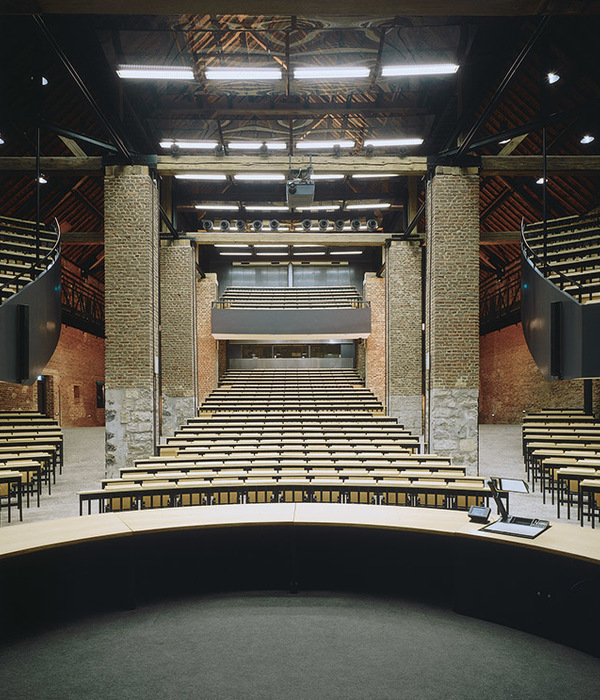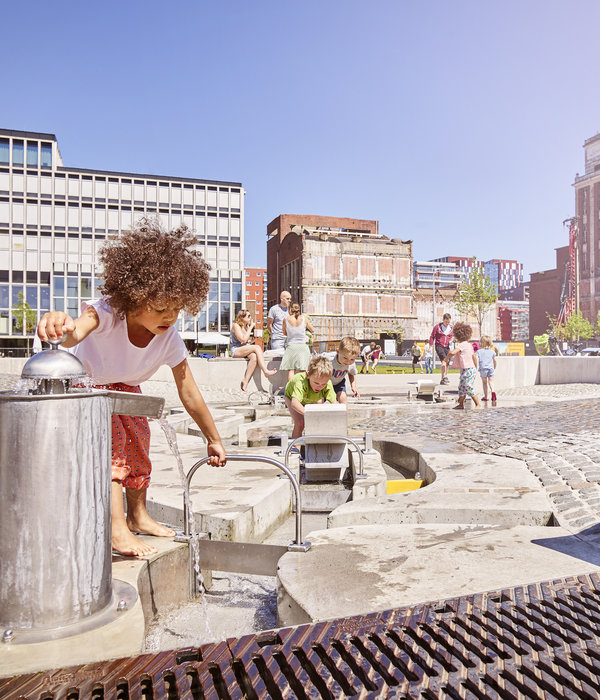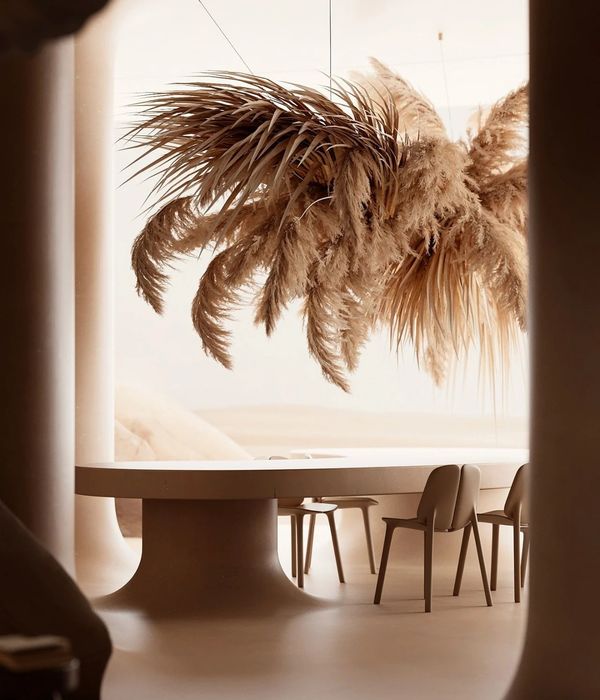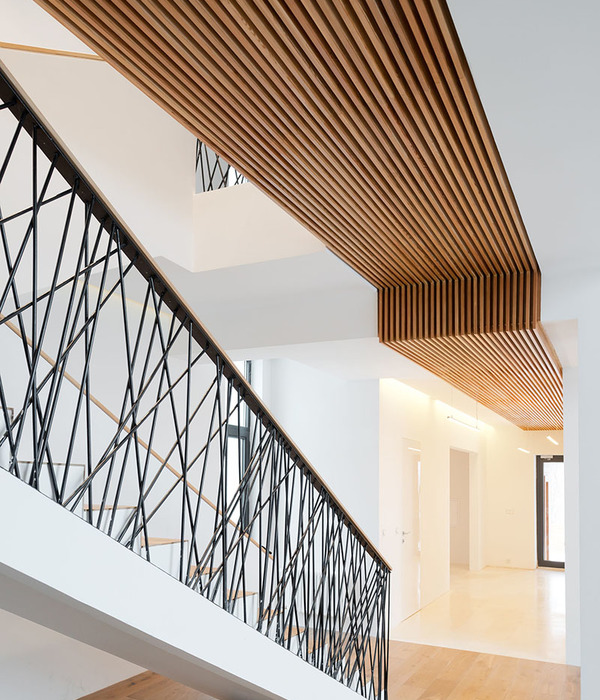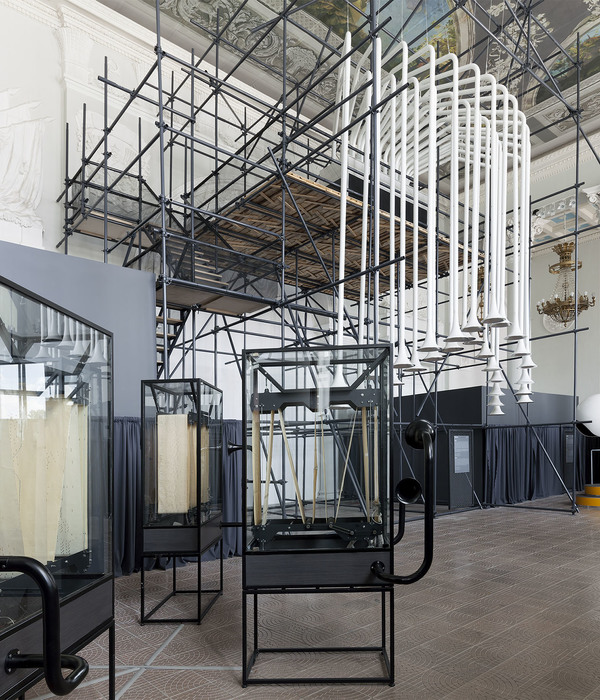Liangzi Island is a small island on Liangzi Lake in Ezhou, not far from Wuhan. If you encounter rainy and foggy weather, the visibility is not high, and there is a feeling of going to sea. At the moment when I was waiting for the return trip to board the boat at dusk, I felt that it was necessary to give this island a spiritual place that symbolized "going home", so that the usual ritual behavior of going to the island and outlying the island would have a little symbolism. I came up with a lot of words: "fisherman's lights", "lighthouse", "watching the sunset" to find a ceremonial anchor for this project. These nice anchors and flowery scheme rhetoric ignore a very rational functional requirement - that is, the act of going to the island and going down to the island itself.
Therefore, the final scheme is simplified to the space form of a visitor center with waiting greenhouses on both sides and a raised visitor center in the middle. The tent becomes the most attractive structure of this architectural level. In the general plan conception stage, a circular glass skylight is arranged into the parallelogram roof, so as to introduce natural light to the entrances on both sides of the main building. The pillars supported under the canopy weaken the sense of scale of the supporting structure through the combination of two small columns, and then present it in a lighter structure by clamping the beams.
The sequence of buildings is regulated by the oblique columns of 3m, and the landscape paving of the square also follows the control of this 3m. The roof is covered with silver-gray aluminum-magnesium-manganese plates, and because of the modulus of 3m, the size of the conventional aluminum-magnesium-manganese plate of 330mm was deliberately changed to a customized product of 300mm. The oblique column is covered with an aluminum alloy plate designed into an I-shaped shape, and the stiff texture of the double-row lines in the sun forms a perfect echo with the double-column lines under the canopy.
The visitor center raised in the middle of the canopy, the first floor accommodates the waiting and consumption functions of off-peak passenger flow hours; The towering space on the second floor assumes the symbolic meaning of a "lighthouse" on the water.
On the second floor, a horizontal ribbon window is opened on the horizontal line of the human view, which limits the sight of people on both sides to the ribbon window to the roof and the lake, and deliberately avoids the cluttered island architectural background behind the building. The line of sight is pulled into the distance of the lake by the array of diagonal columns on both sides of the triangular space, and the sky light from the skylights on the roofs at both ends changes its angle and pours into the pure white space at different times of the day. Outside, you can admire the vastness of the lake; Inside, you can feel the profundity of the sky, and the emotions of the outlying islands are pushed to a climax.
{{item.text_origin}}


